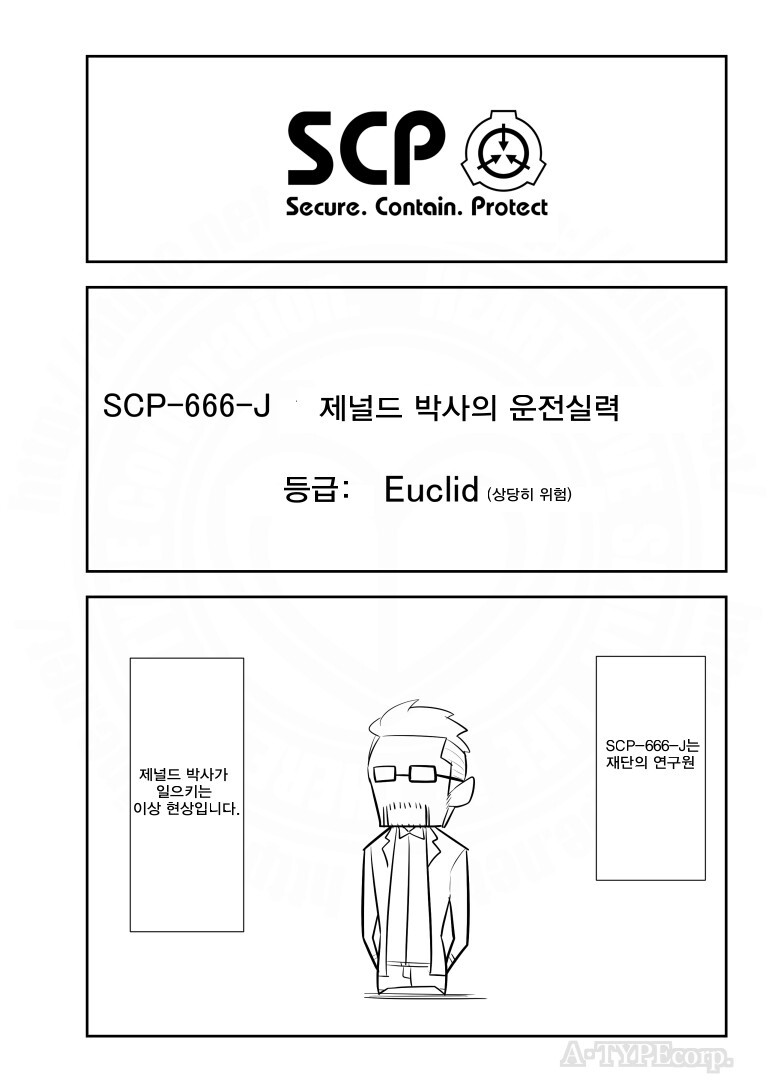Recruitment of toxin-like proteins with ancestral venom function supports endoparasitic lifestyles of Myxozoa [PeerJ]
Por um escritor misterioso
Last updated 22 dezembro 2024
![Recruitment of toxin-like proteins with ancestral venom function supports endoparasitic lifestyles of Myxozoa [PeerJ]](https://dfzljdn9uc3pi.cloudfront.net/2021/11208/1/fig-7-full.png)
Cnidarians are the oldest lineage of venomous animals and use nematocysts to discharge toxins. Whether venom toxins have been recruited to support parasitic lifestyles in the Endocnidozoa (Myxozoa + Polypodium) is, however, unknown. To examine this issue we variously employed transcriptomic, proteomic, associated molecular phylogenies, and localisation studies on representative primitive and derived myxozoans (Malacosporea and Myxosporea, respectively), Polypodium hydriforme, and the free-living staurozoan Calvadosia cruxmelitensis. Our transcriptomics and proteomics analyses provide evidence for expression and translation of venom toxin homologs in myxozoans. Phylogenetic placement of Kunitz type serine protease inhibitors and phospholipase A2 enzymes reveals modification of toxins inherited from ancestral free-living cnidarian toxins, and that venom diversity is reduced in myxozoans concordant with their reduced genome sizes. Various phylogenetic analyses of the Kunitz-type toxin family in Endocnidozoa suggested lineage-specific gene duplications, which offers a possible mechanism for enhancing toxin diversification. Toxin localisation in the malacosporean Buddenbrockia plumatellae substantiates toxin translation and thus illustrates a repurposing of toxin function for endoparasite development and interactions with hosts, rather than for prey capture or defence. Whether myxozoan venom candidates are expressed in transmission stages (e.g. in nematocysts or secretory vesicles) requires further investigation.
![Recruitment of toxin-like proteins with ancestral venom function supports endoparasitic lifestyles of Myxozoa [PeerJ]](https://dfzljdn9uc3pi.cloudfront.net/2021/11208/1/fig-6-full.png)
Recruitment of toxin-like proteins with ancestral venom function supports endoparasitic lifestyles of Myxozoa [PeerJ]
![Recruitment of toxin-like proteins with ancestral venom function supports endoparasitic lifestyles of Myxozoa [PeerJ]](https://www.mdpi.com/marinedrugs/marinedrugs-20-00686/article_deploy/html/images/marinedrugs-20-00686-g003-550.jpg)
Marine Drugs, Free Full-Text
![Recruitment of toxin-like proteins with ancestral venom function supports endoparasitic lifestyles of Myxozoa [PeerJ]](https://d3i71xaburhd42.cloudfront.net/b573d0b30d73b4d2274267baf7ca618ef987b499/10-Figure3-1.png)
PDF] Tissue-Specific Venom Composition and Differential Gene Expression in Sea Anemones
![Recruitment of toxin-like proteins with ancestral venom function supports endoparasitic lifestyles of Myxozoa [PeerJ]](https://media.springernature.com/full/springer-static/image/art%3A10.1038%2Fs41467-023-40550-0/MediaObjects/41467_2023_40550_Fig1_HTML.png)
Domain loss enabled evolution of novel functions in the snake three-finger toxin gene superfamily
![Recruitment of toxin-like proteins with ancestral venom function supports endoparasitic lifestyles of Myxozoa [PeerJ]](https://d2pdyyx74uypu5.cloudfront.net/institutions/images/6682.jpg)
PeerJ - King's College London, University of London Account Page
![Recruitment of toxin-like proteins with ancestral venom function supports endoparasitic lifestyles of Myxozoa [PeerJ]](https://dfzljdn9uc3pi.cloudfront.net/2021/11208/1/fig-5-full.png)
Recruitment of toxin-like proteins with ancestral venom function supports endoparasitic lifestyles of Myxozoa [PeerJ]
![Recruitment of toxin-like proteins with ancestral venom function supports endoparasitic lifestyles of Myxozoa [PeerJ]](https://d3i71xaburhd42.cloudfront.net/0b9b75535bc19c1335b426b0260e271a0c2bddea/9-Table3-1.png)
PDF] Tentacle Transcriptome and Venom Proteome of the Pacific Sea Nettle, Chrysaora fuscescens (Cnidaria: Scyphozoa)
![Recruitment of toxin-like proteins with ancestral venom function supports endoparasitic lifestyles of Myxozoa [PeerJ]](https://d3i71xaburhd42.cloudfront.net/2853ac91ebbf41f2e3f60fd25e936c2eabfb6ea6/5-Figure3-1.png)
PDF] Parallel Evolution of Complex Centipede Venoms Revealed by Comparative Proteotranscriptomic Analyses
![Recruitment of toxin-like proteins with ancestral venom function supports endoparasitic lifestyles of Myxozoa [PeerJ]](https://d3i71xaburhd42.cloudfront.net/b9026b9bfda0757d60bbf70d584338de7d1239d3/7-Figure4-1.png)
PDF] Solenodon genome reveals convergent evolution of venom in eulipotyphlan mammals
![Recruitment of toxin-like proteins with ancestral venom function supports endoparasitic lifestyles of Myxozoa [PeerJ]](https://media.licdn.com/dms/image/C4E03AQGrKJdGHCo4_g/profile-displayphoto-shrink_200_200/0/1652784336964?e=2147483647&v=beta&t=iuLUxAWYHZ8T8zdf2h50IJdTrTOHHkvT-kpvZL0AWMI)
Adrian Jaimes-Becerra, PhD - Postdoctoral Researcher - Bioinformatician - The Hebrew University of Jerusalem
![Recruitment of toxin-like proteins with ancestral venom function supports endoparasitic lifestyles of Myxozoa [PeerJ]](https://d3i71xaburhd42.cloudfront.net/b573d0b30d73b4d2274267baf7ca618ef987b499/8-Table3-1.png)
PDF] Tissue-Specific Venom Composition and Differential Gene Expression in Sea Anemones
![Recruitment of toxin-like proteins with ancestral venom function supports endoparasitic lifestyles of Myxozoa [PeerJ]](https://www.researchgate.net/publication/353026404/figure/fig1/AS:1042722693599232@1625615871840/Comparison-of-venom-transcriptomes-and-species-phylogeny-A-Phylogenetic-species-tree_Q320.jpg)
Comparison of Conotoxin Transcripts for C. sponsalis. Number of
![Recruitment of toxin-like proteins with ancestral venom function supports endoparasitic lifestyles of Myxozoa [PeerJ]](https://royalsocietypublishing.org/cms/asset/3350c15e-226b-49c3-b40a-f3e8feef15d7/rspb20111731f04.jpg)
Neurotoxin localization to ectodermal gland cells uncovers an alternative mechanism of venom delivery in sea anemones
![Recruitment of toxin-like proteins with ancestral venom function supports endoparasitic lifestyles of Myxozoa [PeerJ]](https://d3i71xaburhd42.cloudfront.net/2853ac91ebbf41f2e3f60fd25e936c2eabfb6ea6/9-Figure6-1.png)
PDF] Parallel Evolution of Complex Centipede Venoms Revealed by Comparative Proteotranscriptomic Analyses
Recomendado para você
-
 SCP-666½-J is the most terrifying SCP no doubt about it : r22 dezembro 2024
SCP-666½-J is the most terrifying SCP no doubt about it : r22 dezembro 2024 -
 The pain : r/DankMemesFromSite1922 dezembro 2024
The pain : r/DankMemesFromSite1922 dezembro 2024 -
 Scp-666-J by SightC15 on DeviantArt22 dezembro 2024
Scp-666-J by SightC15 on DeviantArt22 dezembro 2024 -
 Scp-666-j-2 the knife, Wiki22 dezembro 2024
Scp-666-j-2 the knife, Wiki22 dezembro 2024 -
 The SCP Foundation Joke Series, List of Deaths Wiki22 dezembro 2024
The SCP Foundation Joke Series, List of Deaths Wiki22 dezembro 2024 -
 Oh god, this is hilarious. : r/SCP22 dezembro 2024
Oh god, this is hilarious. : r/SCP22 dezembro 2024 -
 Top Ten Joke SCPs – Geeking Out about It22 dezembro 2024
Top Ten Joke SCPs – Geeking Out about It22 dezembro 2024 -
 Suffolk Birds 2004 Part 2 by Suffolk Naturalists' Society - Issuu22 dezembro 2024
Suffolk Birds 2004 Part 2 by Suffolk Naturalists' Society - Issuu22 dezembro 2024 -
 SCP 간단 소개 망가 - SCP-666-J 제럴드 박사의 운전실력, 유머 게시판22 dezembro 2024
SCP 간단 소개 망가 - SCP-666-J 제럴드 박사의 운전실력, 유머 게시판22 dezembro 2024 -
 🔥 SCP-666 1/2-J 🔥 @foundationannouncements #scpcanteen #scpfoundatio22 dezembro 2024
🔥 SCP-666 1/2-J 🔥 @foundationannouncements #scpcanteen #scpfoundatio22 dezembro 2024
você pode gostar
-
 Bandeiras do mundo (versão difícil)22 dezembro 2024
Bandeiras do mundo (versão difícil)22 dezembro 2024 -
 Jogo De Tabuleiro Com Personagens De Café Da Manhã De Desenho22 dezembro 2024
Jogo De Tabuleiro Com Personagens De Café Da Manhã De Desenho22 dezembro 2024 -
 Stumble Guys Jogo grátis - Friv Jogos Online22 dezembro 2024
Stumble Guys Jogo grátis - Friv Jogos Online22 dezembro 2024 -
 gta san andreas cheats San andreas cheats, San andreas, Cheating22 dezembro 2024
gta san andreas cheats San andreas cheats, San andreas, Cheating22 dezembro 2024 -
 Gochuumon wa Usagi Desu ka? 222 dezembro 2024
Gochuumon wa Usagi Desu ka? 222 dezembro 2024 -
 My City, My Shirt Celebrates The Rich Culture of Cardiff While Tackling Racism in Football - BRICKS Magazine22 dezembro 2024
My City, My Shirt Celebrates The Rich Culture of Cardiff While Tackling Racism in Football - BRICKS Magazine22 dezembro 2024 -
 Cammy Alpha — Noah Eisenman22 dezembro 2024
Cammy Alpha — Noah Eisenman22 dezembro 2024 -
 Jovens missionários do MS vão participar de treinamento em Porto Velho para traduzir a Bíblia e22 dezembro 2024
Jovens missionários do MS vão participar de treinamento em Porto Velho para traduzir a Bíblia e22 dezembro 2024 -
 Anime Bleach Kurosaki Ichigo Fullbring New Bankai Look Cosplay Come Halloween Carnival Ghost Come L220714 From Sihuai10, $64.9622 dezembro 2024
Anime Bleach Kurosaki Ichigo Fullbring New Bankai Look Cosplay Come Halloween Carnival Ghost Come L220714 From Sihuai10, $64.9622 dezembro 2024 -
 Vacinação em Salvador nesta sexta (11) inclui22 dezembro 2024
Vacinação em Salvador nesta sexta (11) inclui22 dezembro 2024